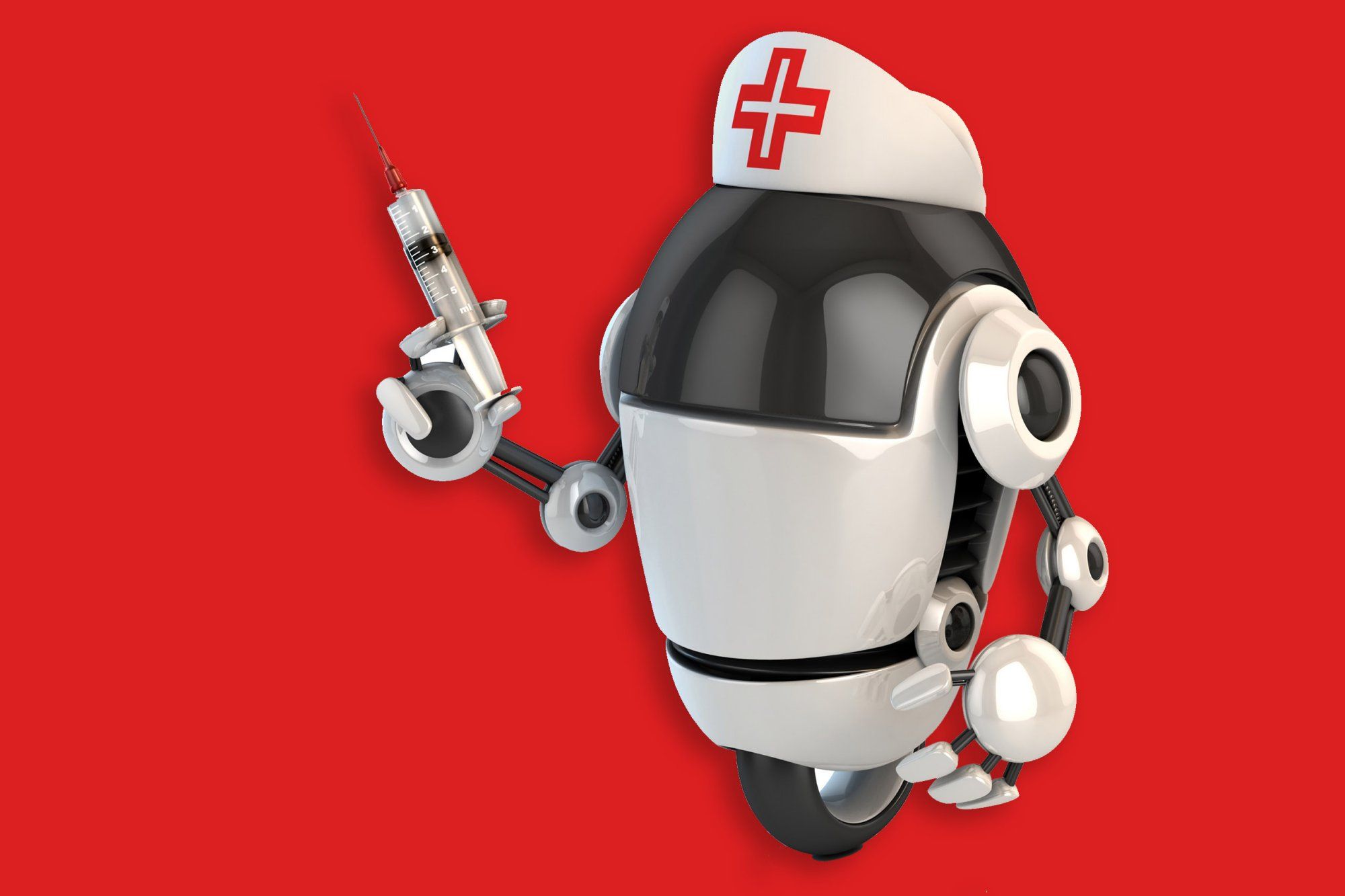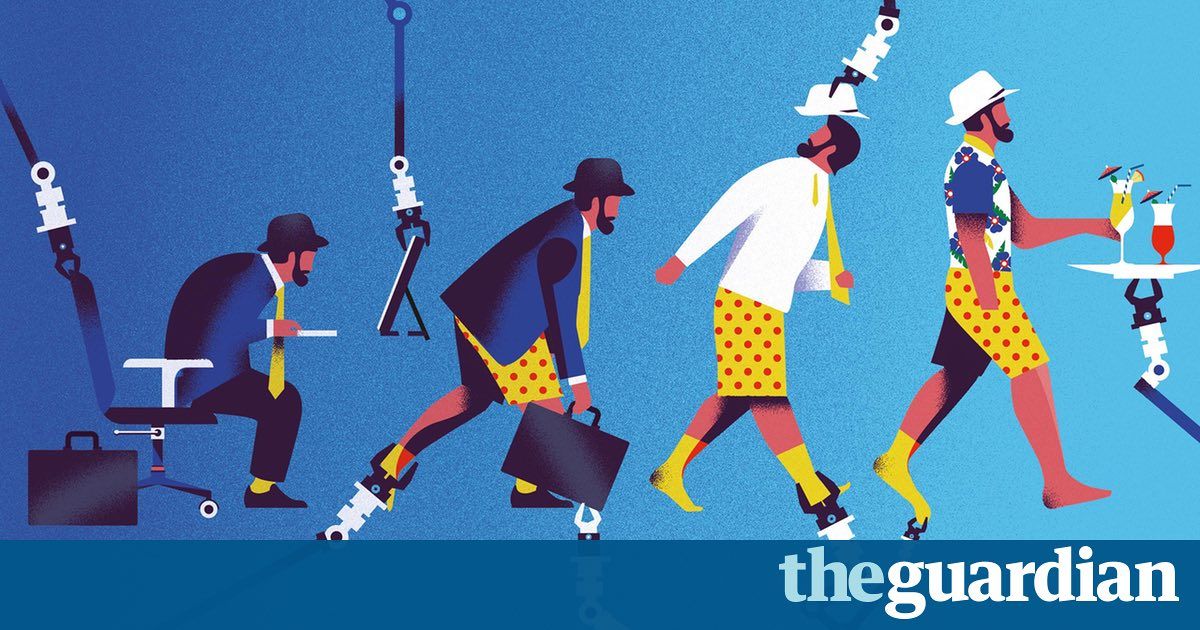The Tesla and SpaceX CEO says that a universal basic income will allow more time for leisure.
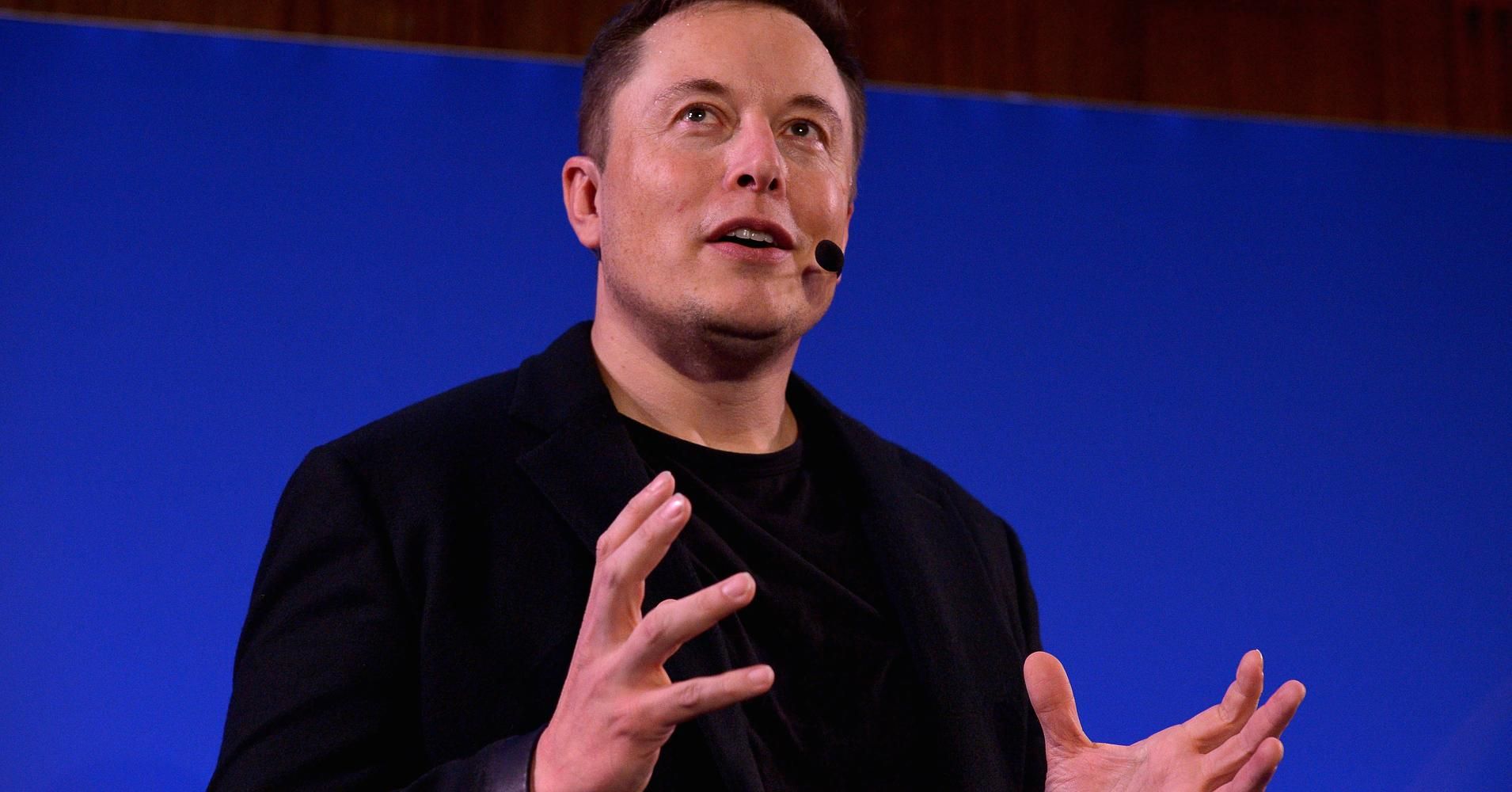


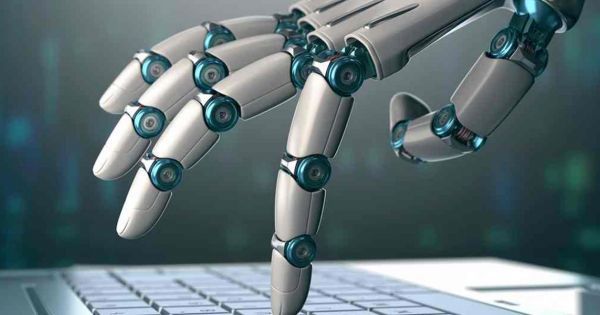
Tough times lay ahead for human workers. With the advent of automation comes a much smaller job market and an ever-shrinking work force. Jobs traditionally held by humans are now being taken over by robots and computer software. Now, another job sector is being threatened by automation: the public sector.
A study conducted by Oxford University and Deloitte, a business advisory firm, found that 850,000 public sector jobs in the UK are at risk of being lost by 2030 due to automation. The report also mentions how more than 1.3 million administrative jobs in the public sector have a 77% probability of being automated. These jobs include highly repetitive jobs like clerical work and transportation work.
–This report comes as good news to fiscal policy makers who wish to cut costs. It shows the government can save up to £12 billion in public sector wages by 2030.
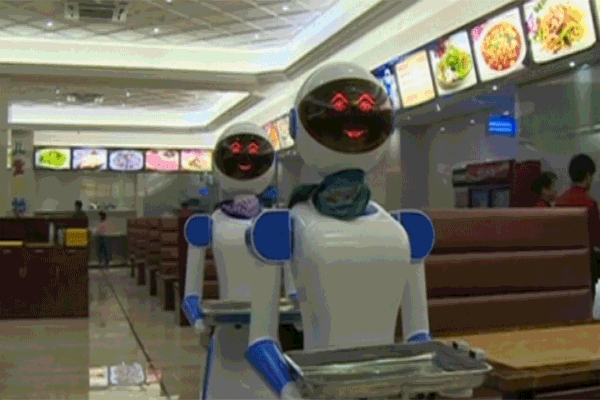
Within 20 years nearly all jobs will be automated and will lead to a human revolution, claims top futurist philosopher.
Futurist and architect Jacque Fresco speaks in parables. If he goes on too long with a story, his 40-year partner Roxanne Meadows interjects facts to keep him on track. Fresco recently turned 100 years old, and is the oldest celebrity futurist in the world. His magnum opus is The Venus Project, a 21-acre Central Florida Eden with white dome-shaped buildings that Meadows and he hand built over three and a half decades. The sanctuary and research center is where Fresco still leads weekly seminars, which includes a tour of 10 buildings—some filled with hundreds of future city models inside them—that highlight the promise of a future world where equality and technology abound.
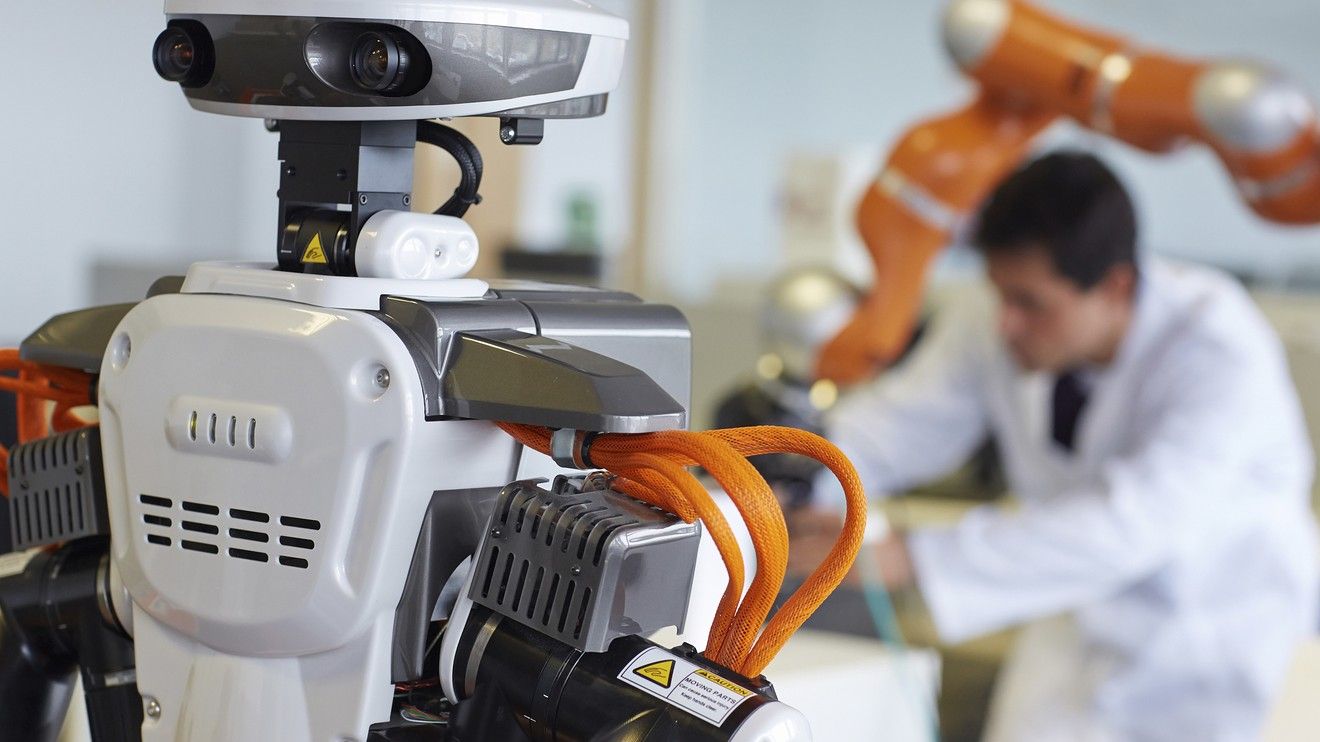
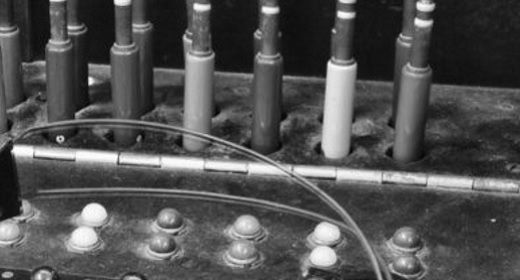

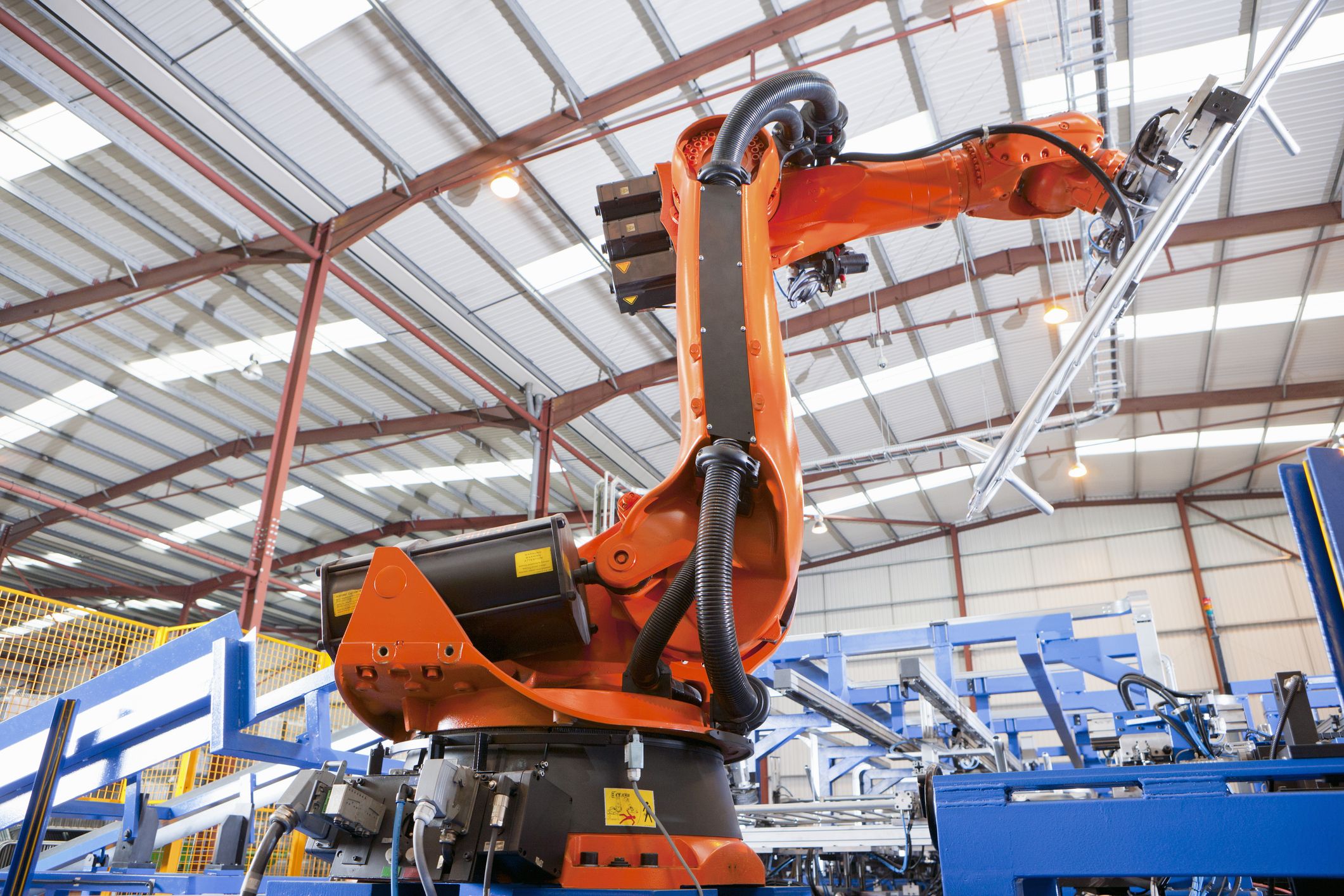
If you listen to the wrong people, the North American manufacturing industry is doomed.
There is no denying that the U.S. and Canada have been losing jobs to offshore competition for almost half a century. From 2000 to 2010 alone, 5.6 million jobs disappeared.
Interestingly, though, only 13 percent of those jobs were lost due to international trade. The vast remainder, 85 percent of job losses, stemmed from “productivity growth” — another way of saying machines replacing human workers.
